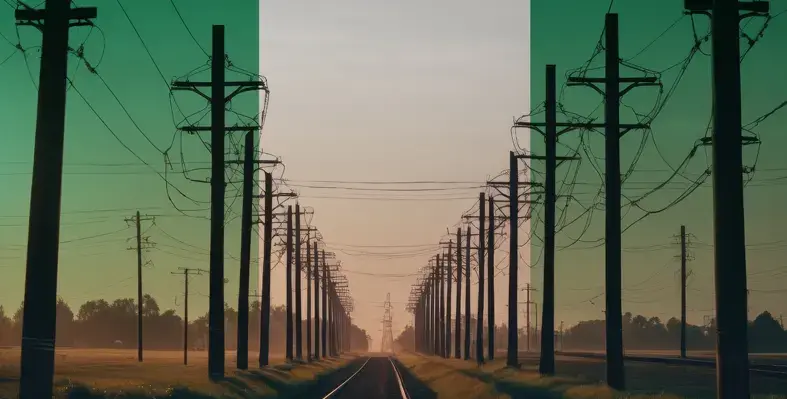Scaling up investments in decentralised energy will be essential if Nigeria is to put an end to ongoing blackouts and provide the long-term energy security the country craves
That’s according to Sherisse Alexander, chief business officer at WATT Renewable Corporation, commenting after the release of the IEA’s Electricity 2025 report.
According to the IEA Electricity 2025 report, an estimated 70% of Nigerians had access to electricity in 2023 — up from 50% a decade ago.
But the gap between rural and urban areas remains stark — nearly 95% of residents in cities have access to power supplies, compared to only 40% in rural areas.
However, electricity supplies remain erratic in Africa’s most populous country.
“The IEA’s Electricity 2025 report reinforces what millions of Nigerians already know — grid instability remains a daily challenge,” said Alexander.
“According to Nigeria’s National Bureau of Statistics, households endure around 6.7 blackouts per week, with each lasting an average of 12 hours.”
The IEA report adds that supply issues continued to constrain gas-fired generation, while, on the contrary, distributed solar PV in rural areas saw robust growth, a clear source of optimism.
And while other efforts to reform the industry’s structure show promise, including reshaping the transmission and distribution sector and creating local electricity markets, more work is needed.
“While grid reforms are underway, businesses and communities cannot afford to wait,” said Alexander.
“Hybrid solar-storage solutions are already delivering reliable, cost-effective power, reducing dependence on an unstable grid and expensive diesel. Scaling up investment in decentralised energy will be key to securing Nigeria’s energy future.”
Overall, Nigeria’s grid-based power supplies are increasing.
Following the start of the Zungeru hydroelectric plant in April 2024, Nigeria now counts 28 grid-connected power plants, which increased the country’s total installed capacity to 14 GW, compared to 12.6GW in 2023.
However, this growth in installed capacity did not suffice to compensate for the decrease of available capacity, which continues to be a thorn in the side for ordinary Nigerians.
In the first half of 2024, the average daily available capacity was 4.14 GW, slightly lower than the 4.54 GW recorded in 2023, the IEA report states.
Lagos State is leading the way in reshaping the industry’s structure by seeking to establish a distinct Lagos Electricity Market designed to operate independently of the national grid.
The Lagos State Electricity Bill 2024 aims to set up a comprehensive framework for a sustainable and competitive electricity landscape in the state, with a particular emphasis on enhancing infrastructure, promoting renewable energy adoption and ensuring consumer protection.
While decentralised energy and the roll out of distributed solar PV in rural areas shows great promise, for now, at least, it is millions of households and businesses that must bear the brunt of Nigeria’s inadequate power network.
Read more:
Financing costs a barrier to scaling up power in Africa says IEA
Hybrid solutions to power C&I clients in Nigeria





